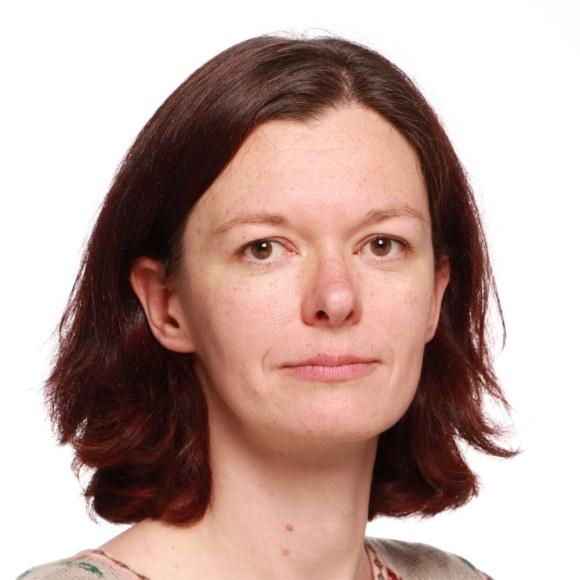

About me
I am a senior researcher in the Computational Neuroscience group (https://research.tuni.fi/computational-neuroscience/ ) which is part of the Faculty of Medicine and Health Technology at Tampere University. I graduated electrical engineering, focusing on signal processing and communication systems, at University of Belgrade, Serbia. I received a PhD from Ecole Polytechnique Fédérale de Lausanne (EPFL), Switzerland. During doctoral studies, I worked in the group of Nonlinear Dynamical Systems where I was trained in complex networks, machine learning and data analysis. My doctoral work focused on motor control in Parietal area 7a in the primate brain.
I employ computational modeling, experimental data analysis and complex networks theory to explore the impact of cellular and network mechanisms on dynamical regimes and structural organization of cortical neuronal networks. My work explored how the morphometric properties of neurons and neuronal populations constrain their micro-level connectivity. I study how the structured connectivity, the excitation-inhibition balance and other cellular and network mechanisms modulate the global population dynamics. My recent work was a data-driven computational model of dynamical regimes found in dissociated cortical cultures in vitro under several experimental conditions. Currently, I explore the contribution of specific astrocytic mechanisms and astrocyte-neuron interaction in cortical circuits.
Responsibilities
- Research tasks
- Supervision of student projects
- Teaching computational neuroscience and neuroinformatics (as invited lecturer)
Research topics
Computational models of cortical networks, Complex networks
Research unit
Research fields
Computational neuroscience
Selected publications
H. Teppola, J. Aćimović, M.-L. Linne. Unique Features of Network Bursts Emerge From the Complex Interplay of Excitatory and Inhibitory Receptors in Rat Neocortical Networks. Front Cell Neurosci. 2019;13: 377
https://www.frontiersin.org/articles/10.3389/fncel.2019.00377/full
T. Manninen, J. Aćimović, R. Havela, H. Teppola, M.-L. Linne (2018) Challenges in reproducibility, replicability, and comparability of computational models and tools for neuronal and glial networks, cells, and subcellular structures. Front Neuroinformatics 12: 20, 2018. https://www.frontiersin.org/articles/10.3389/fninf.2018.00020/full
J. Aćimović, T. Mäki-Marttunen, M.-L. Linne (2015) The effects of neuron morphology on graph theoretic measures of network connectivity: Analysis of two-level statistical model. In Front. Neuroanat. 9:76, June 2015 http://journal.frontiersin.org/article/10.3389/fnana.2015.00076/full
T. Mäki-Marttunen, J. Aćimović, M.-L. Linne (2014) Structure-dynamics relationships in bursting neuronal networks revealed using a prediction framework. PLOS One 8(7): e69373, doi:10.1371/journal.pone.006 9373 http://journals.plos.org/plosone/article?id=10.1371/journal.pone.0069373
J. Aćimović, T. Mäki-Marttunen, R. Havela, H. Teppola, M.-L. Linne (2011) Models of neuronal growth in vitro: Comparison of two simulators of growth, Cortex3D and NETMORPH. EURASIP Journal on Bioinformatics and Systems Biology, vol 2011, doi:10.1155/2011/61638
http://bsb.eurasipjournals.springeropen.com/articles/10.1155/2011/616382
T. Mäki-Marttunen, J. Aćimović, M. Nykter, J. Kesseli, O. Yli-Harja, M.-L. Linne (2011) Complexity of Structure and Dynamics in Simulated Neuronal Networks. Front. Comput. Neurosci, 5:26, 2011, doi: 10.3389/fncom.2011.00026 http://journal.frontiersin.org/article/10.3389/fncom.2011.00026/full